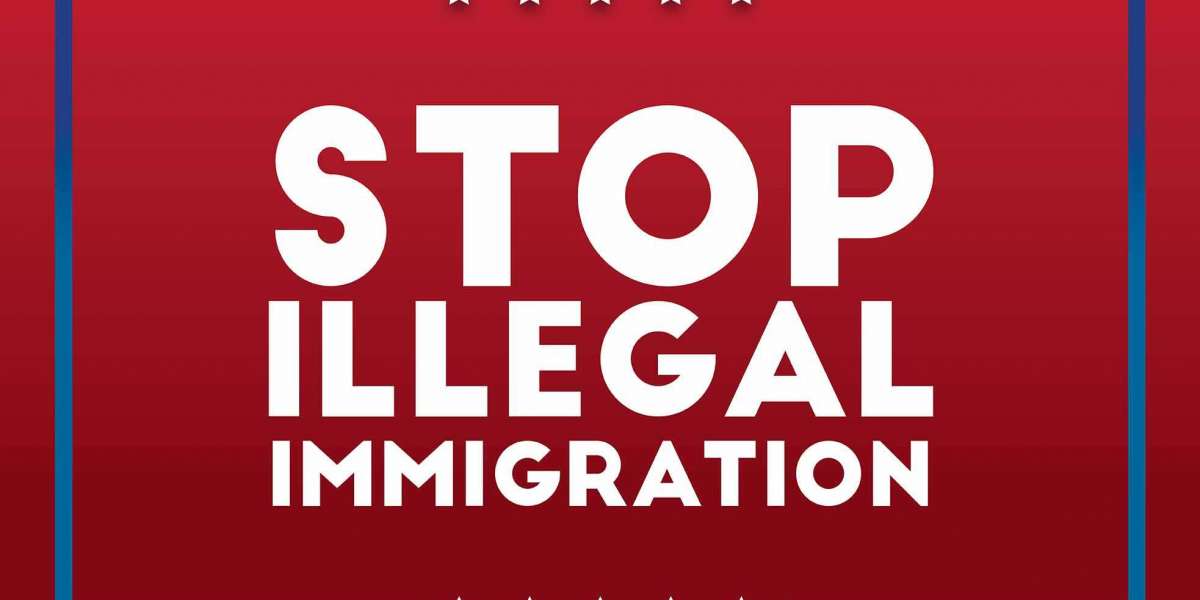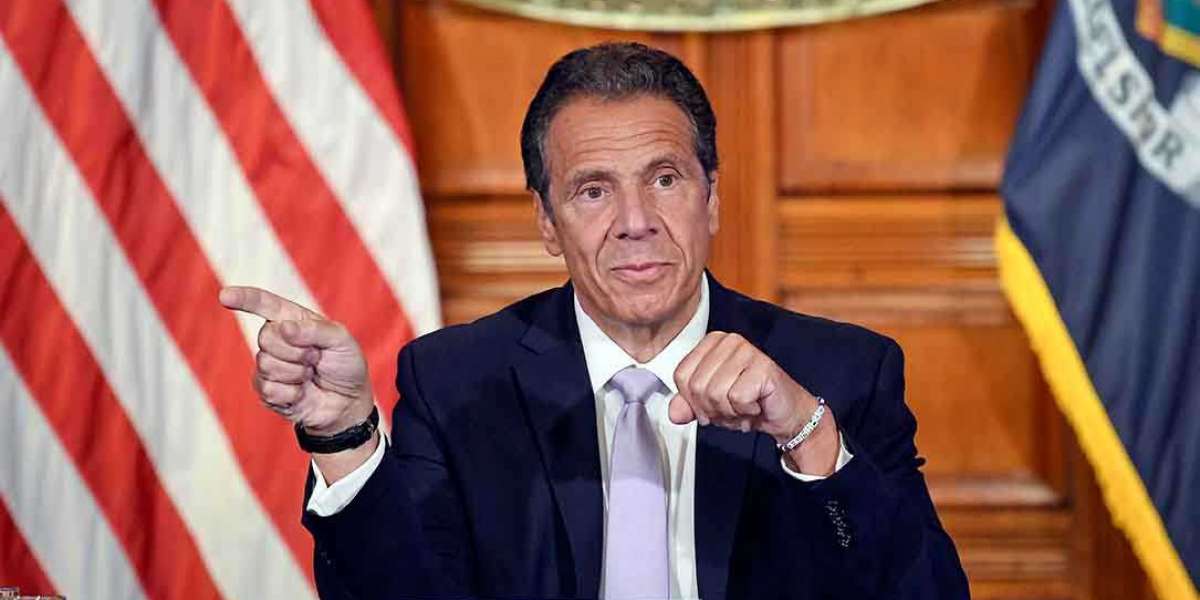Leading public figure Jen Sey has openly waged a war against the new trend of the timeless motorcycle brand Harley Davidson. Sey confronts the brand for what she deems fit for a “woke” makeover and the discourse extends beyond the motorcycle market. This clash brings up fundamental iss
Leading public figure Jen Sey has openly waged a war against the new trend of the timeless motorcycle brand Harley Davidson. Sey confronts the brand for what she deems fit for a “woke” makeover and the discourse extends beyond the motorcycle market. This clash brings up fundamental issues of what it means to be modern while still experiencing the heritage of traditional branding within established brand personalities. While Harley Davidson struggles to reconstruct its image that might appeal to contemporary culture, Sey’s reaction reminds us how such transformations influence brand devotion and cultures.
Who is Jen Sey?
Jen Sey is a well-known personality and businesswoman, best known for her work as a creative director – and her bold opinion on companies and society. Sey, originally an Olympic gymnast, ventured to the corporate world and meandered from being a manager all the way up to a corporate executive. Her observation of corporate America is well-developed through her past experiences in these positions especially where they relate to corporate image and corporate conduct.
Apart from her critical orientation toward business change initiatives, Sey has positioned herself quite well to comment almost derogatorily on issues touching on corporate culture transformation initiatives she considers futile or outright counterproductive to business operations. Most of the time, she takes a critical approach to ideas regarded as ‘woke,’ which she claims may lead to straying away from traditional customers while watering down brand distinctiveness. This has placed her in a central position where she has become a relevant figure in public debate, addressing a broad audience that includes both technical and lay viewers. Her critiques are not mere critical commentaries but are discursive contributions to debates about the dual nature of revolutionary creativity and conservative conformity in management practices.
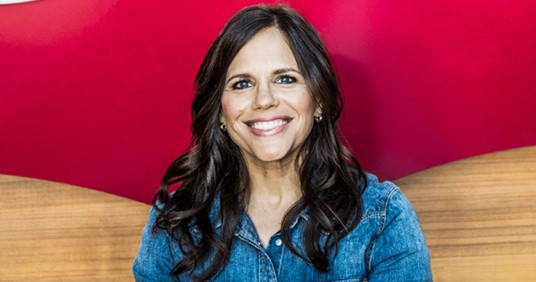
Overview of Harley Davidson’s Brand Overhaul
Harley Davidson one of America’s epitomes of masculinity and rebel spirit has begun a major company transformation exercise which is aimed at repositioning the brand to reflect a new culture of tolerance and diversity. The company has released models that are more friendly to the environment than the previous ones and has expanded the advertising base encouraging young people to buy their products. This includes using different types of riders in their commercials; women and people of color, thus departing from the stereotypical macho biker image.
These changes were initiated by the Harley Davidson to adapt to the new trends in market and due to the changes happening in the society in terms of sustainability and Diversity. The motorcycle giant is struggling to sustain its relevance in the market that is shifting towards the green transportation solutions and the brands that are an embodiment of the diverse population. In this manner, Harley Davidson seeks to establish a new customer base who may have had little or no prior interest in motorcycle usage, as well as providing its traditional clientele with bikes that they can still rely on for their power and efficiency.
Jen Sey’s Criticisms
Jen Sey has publicly criticized the new strategies of Harley Davidson, stating the company embraced what she considers ‘woke’ values. "It’s Business 101. You don’t disrespect your core consumers and you certainly don’t alienate and abandon them in the search to grow and expand elsewhere," said Jennifer Sey, a former senior marketing executive for Levi Strauss Co. Major arguments are connected with the brand’s efforts to increase its appeal to the broad and environmentally friendly customer segment, which does not suit the traditional audience following the brand’s idea of the free spirit of Harley Davidson bikers. Sey is especially skeptical about the efforts the company has made to diversify its products with electric motorcycles and changing the marketing strategies that involve appealing multicultural characters, as these changes offend the brand’s identity.
Sey’s criticisms are rooted in the discussions of corporate social responsibility and its social and cultural implications for corporations. It has now become a subject to debate whether companies should act with agency and take initiatives in supporting social justice and improving environmental standards or whether undertaking these initiatives might be counter-productive and deflect from the business entity’s core values. For instance, Sey’s advocacy for a confrontational approach when advocating for ‘woke’ business values does represent a considerable part of the public that feels that the integration of specific values poses a potential threat to the original images and sturdy customer bases. Her critique opens up an interesting conversation on the tension between modernization and heritage, particularly within organizations with well-established brand images.
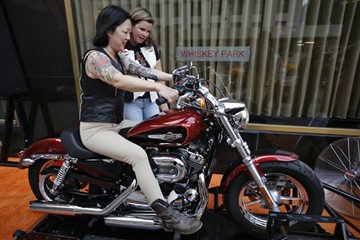
Public and Consumer Reactions
The public and consumer response to Harley Davidson change in visual identity has been diverse – positive as well negative – which is seen from the perspective of business perspective of motorcycle market and consumers. Advocates for the new strategy approve the company for efforts to be more diverse and sustainable. They argue that these changes are necessary to keep the brand competitive in a new environment with its younger audiences and a more diverse client base placing greater emphasis on sustainability and social responsibility. Most of the people here think that Harley Davidson’s programs will popularize the motorcycling sport to attract more people to join.
On the opposing view, many Harley Davidson critics like Jen Sey are of the opinion that the company is altering its direction, thereby going against the fundamentals of what Harley Davidson is all about. Consequently, there is pressure from traditionalist consumers who worry that employing new approaches in advertising and altering products might water down the brand’s raw, rebellious personality. Some of these loyal customers have been feeling left out afraid that the core value proposition that made Harley stand out has been submerged to appeal to new customers.
Implications for Harley Davidson in Corporate America
Considering the controversy surrounding the change in Harley Davidson’s brand, it brings questions to the table regarding the company’s brand loyalist base, its market position, and financial stability. When it comes to controversy, the company addresses and pursues growth and change to deal with backlash to create change while staying connected to its roots, something corporations in America are dealing with regarding diversity and inclusion. Nike and Gillette are the other examples of the corporates which have also faced backlash when attempting to reposition their brands towards the contemporary social norms and moral compass, thus painting a broader picture of the corporates’ gradual attempts at redefining corporate brands’ positioning with different levels of public acceptance. This development will act as a significant turning point for Harley Davidson and its ability to change course and adapt to a more stratified market environment.
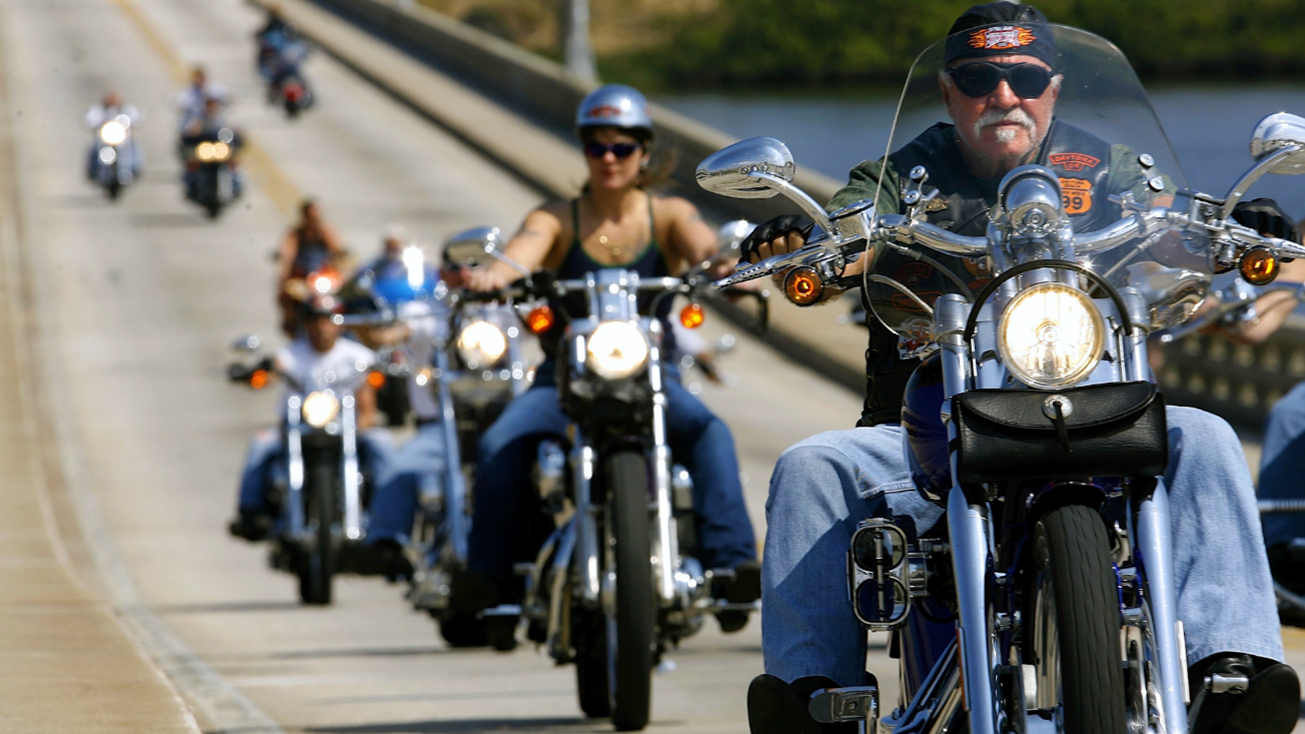
Conclusion
As Harley Davidson steers through its controversial brand overhaul, it raises a critical question for all of corporate America: When consumers are in such a state of change in terms of social and cultural paradigms, how does a company update its brand identity to appeal to new demographic segments without switching off its core consumers? "What people find valuable about these brands is that they represent the best of American values," Sey said. "They represented freedom, individualism, progress, and democracy." This debate over the years poses an interesting question to business organizations of today as to how to walk the tight rope between innovation and conservatism. Will companies such as Harley Davidson be able to adapt its brand culture to reflect different modern norms and standards, while retaining the elements that were so iconic in the past, or will the pursuit of new markets blur the vision? These answers may well determine the future development of corporate branding for many decades ahead.
 28 Mar 2025
28 Mar 2025



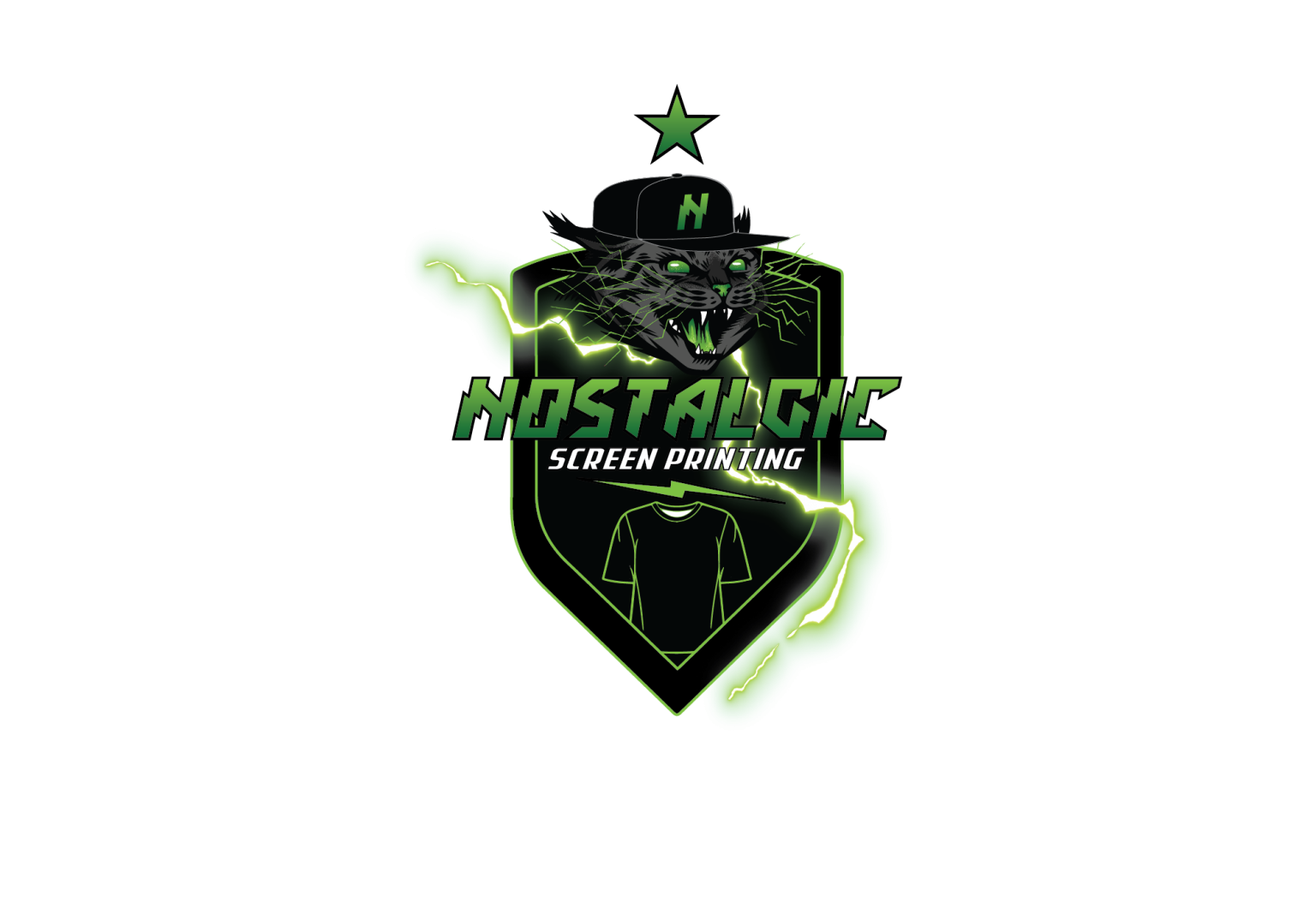









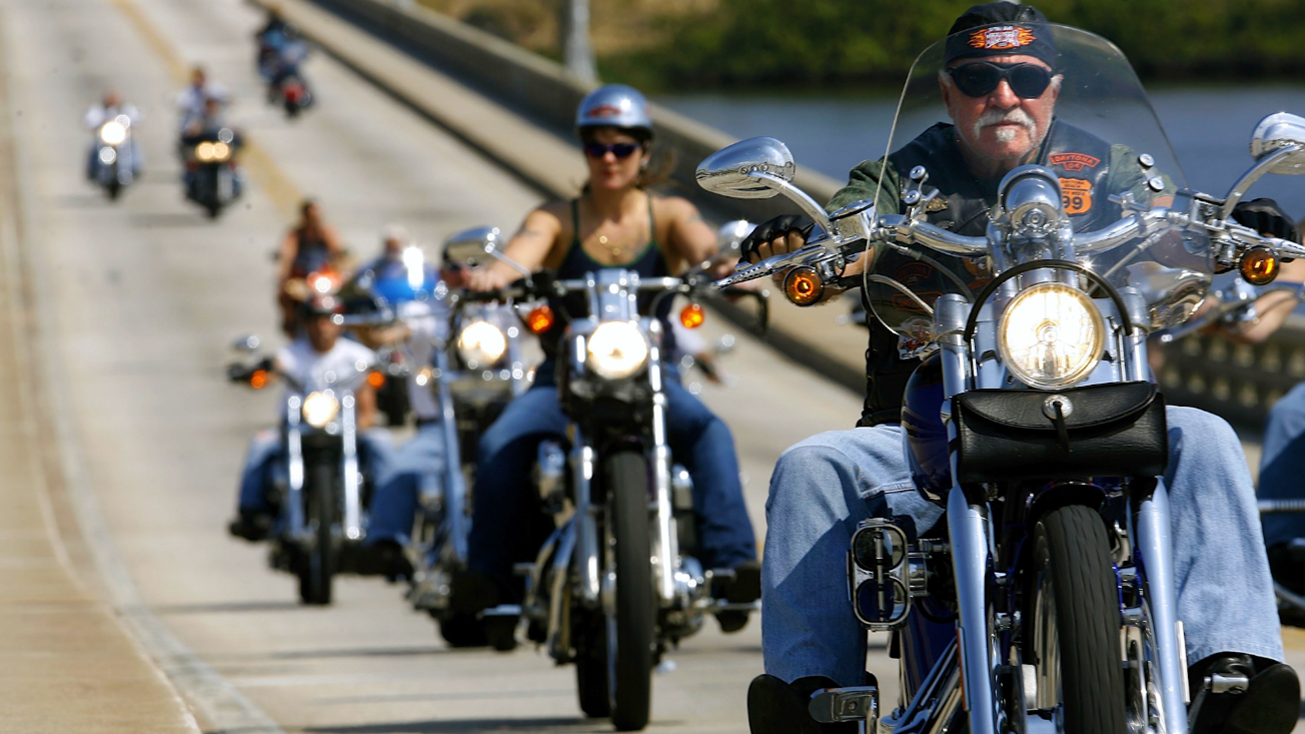
 Yorumlar
Yorumlar  301 Görüntüler
301 Görüntüler



